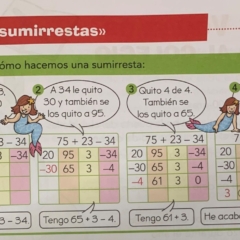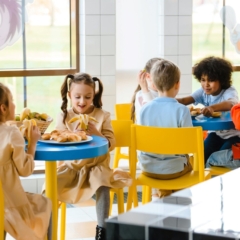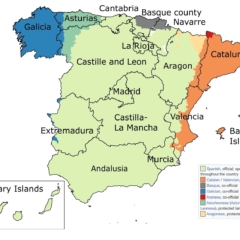The school system in Spain – a guide for expats

The school system in Spain is divided in cycles. There are three initial ones – infantil, primaria and secundaria (pre-school, elementary and middle school), followed by two optional cycles focused on professional training. The 4th is a high school cycle, that consists either in vocational training or in baccalaureate, and the 5th cycle, university.
School is mandatory from age 6 to 16 (elementary and middle schools) and the date for age cut is December 31st (different from both USA and Estonia, where it is September 1st). This means that if the kid is going to turn 6 this year, even if it is in December, he or she should be enrolled in the first grade, starting September, while still 5 years old. Kids do not repeat grades in pre-school or elementary school (except for exceptional situations, when, for instance, the kid didn’t attend most of the school year), but repetition can happen in middle school.
School system in spain – Ages, cycles, and grades
This is how the school system in Spain works regarding ages. The age that defines what grade your kid will be enrolled in, both for pre-school and elementary kids, is the age the kid will be on December 31st of a given year.
0 to 5 years old: Pre-school – Infantil
0 to 3: 1st cycle of infantil
3 to 5: 2nd cycle of infantil
6 to 11 years old: Elementary Education – Educación primaria (EP)
6 to 7: initial cycle (1st and 2nd grades)
8 to 9: middle cycle (3rd and 4th grades)
10 to 11: superior cycle (5th and 6th grades)
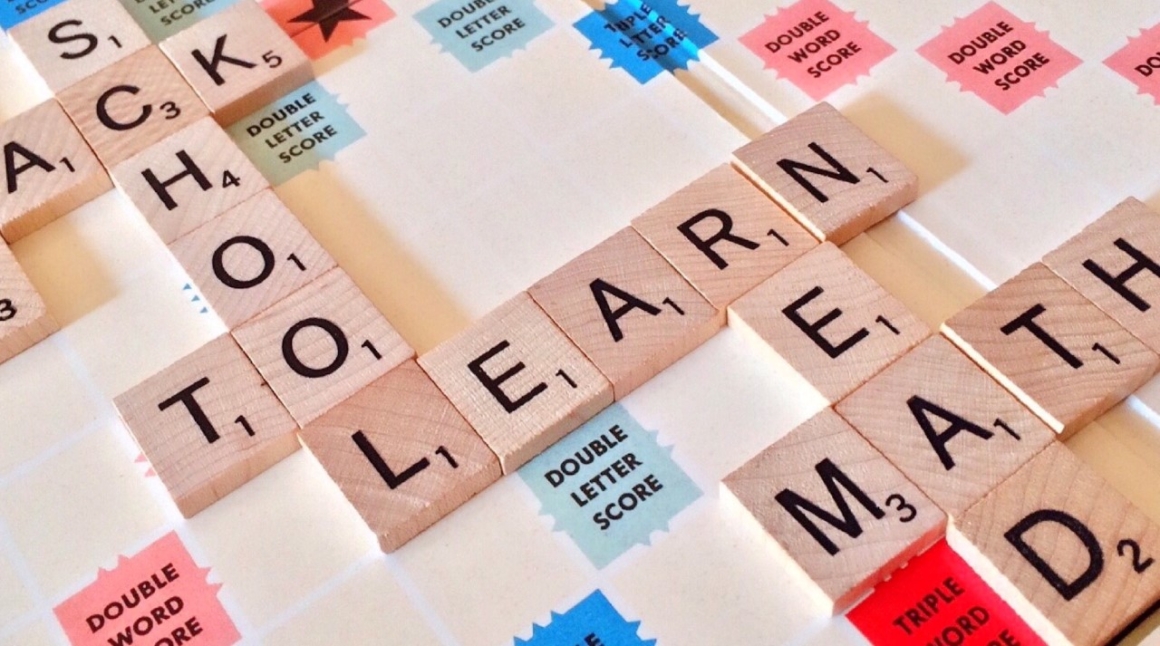
12 to 16 years old: Middle education – Educación secundaria Obligatória (ESO)
Students need to have completed elementary education to have access to the middle education / high school. If your kid is in this age range, the school will probably request documents showing the completion of the previous cycle when you move to Spain. In this case, they probably will expect the document to be apostilled, a procedure that is much easier to do before you leave your current country to Spain. Therefore, for this age range, it is particularly important to contact the schools in Spain and check what they will request of you before you move.
12 to 14: 1st cycle of ESO (1st ESO, 2nd ESO and 3rd ESO)
15: 2nd cycle of ESO (4th ESO)
Elementary and middle education are mandatory in Spain.
16 to 18 years old: baccalaureate (bachillerato) or vocational training
After the 4th ESO, those students who wish to continue studying have two options: either go to the vocational training (FP – formación professional), which enables them to obtain technical degrees, or go to the baccalaureate (bachillerato), which enables them to access superior education in Spain. Both options can be seen as a non-mandatory part of middle school
Students that choose the vocational training usually go through two years of studies to obtain the title of technician and can continue studying for two more year to obtain the title of superior technician. They can opt to go to university after completing the vocational training.
The student going to baccalaureate opts between 4 types of studies: arts, science, humanities or general, depending on what kind of university career he or she intends to pursue. That is, in the ideal world, or if you live in a big city that actually offers all 4 options. In some towns, the offer for bachillerato can be considerably smaller.
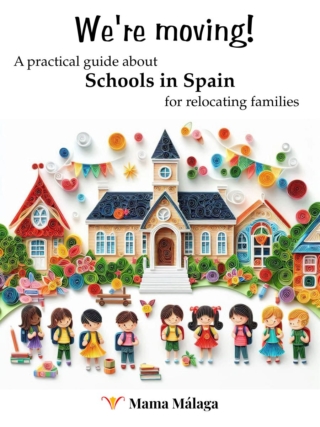
We wrote the Book
After listening to so many parents with the same doubts as we had before moving, we decided to make a book with all the information we got from schools, other parents, official sources and our own experience with both private and public schools in Spain. And then we went further, looking for all the support available for families with or without special needs, language and cultural adjustment tips and a lot of specific vocabulary. Get it now – it will save you a lot of time!
Types of school in Spain
We have seen how the school system in Spain is structured. Now, when it comes to types of school, Spain offers public schools, private schools and concertado schools. This last one is a bit of a mix: it is a private school that receives subsidies from the State and therefore, charges way less than a normal private school.
But if you have already started looking around for schools, you probably saw these acronyms: CEP, CEIP and IES. All three are public schools; the difference between them is the age or academic level of the students they focus on:
– CEIP means Centro de educación Infantil y primaria, meaning they receive kids from 3 to 12 years old (nursery before the age of 3 is uncommon in the public system, but available in the private sector; exceptions can be made for low-income families).
– CEP means Centro de Educación Primaria, or Elementary education center. This means they teach kids between 6 and 12 years old.
– IES means Instituto de Educación secundaria. They receive students from ages 12 to 16.
To know more about education in Spain, check the official page of the Spanish administration about the educational system.
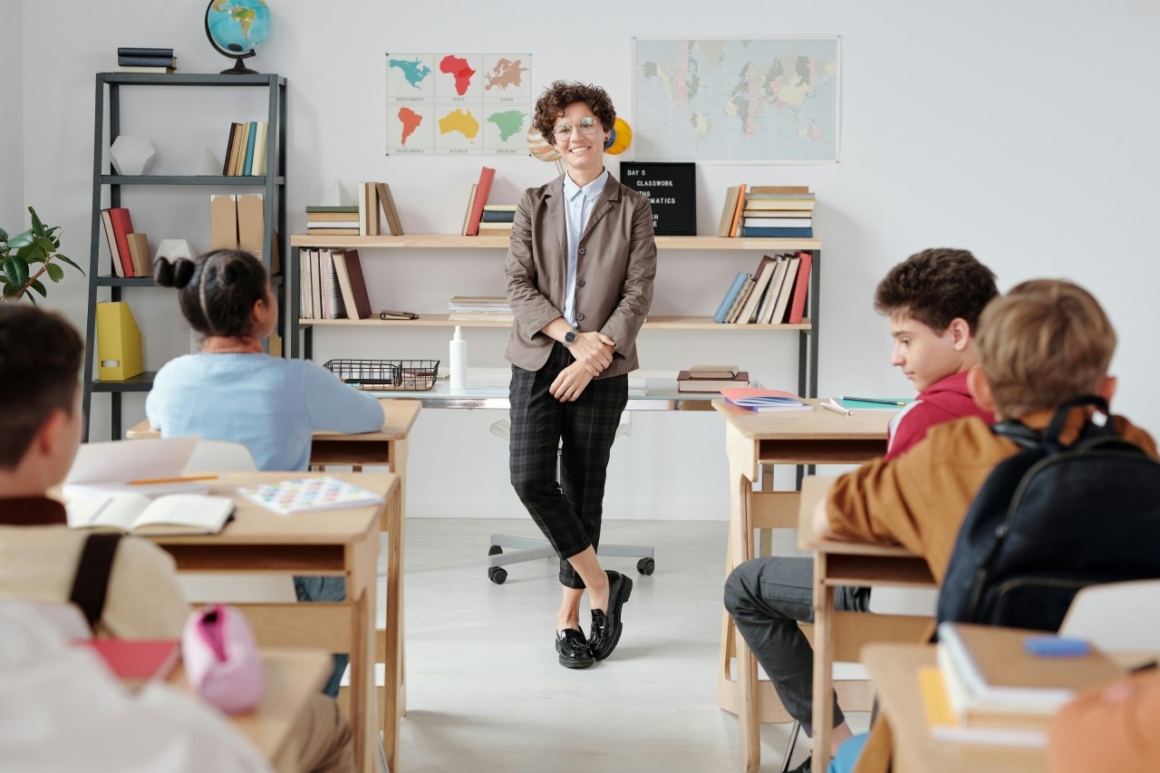
Bilingual and International schools
A bilingual school teaches simultaneously in two languages. In Spain, one of these languages will be Spanish; the other can be English, French, Sweden… In the Costa del Sol there are many schools that claim to be bilingual, but watch out, not all of them really are – the first school I enrolled my son into said it was bilingual, but it wasn’t.
Some private schools claim they are bilingual to justify charging higher prices. There are both public and private bilingual schools in Spain (and in the Costa del Sol, specifically); my son currently goes to one that is public. A good way to know if a school is bilingual or not is to ask them what classes are taught in each language.
Bilingual and international schools are not the same, because eventhough both teach in two languages, the International schools follow the curriculum designated by another country. A British school in Spain will probably teach Spain as a foreign language, but will certainly follow the British curriculum, not the Spanish. There are many international schools in the Costa del Sol; they are particularly suited for families that are moving to Spain only temporarily.
Not all international schools are bilingual (but most are), and not all bilingual schools are international. We discuss these kinds of schools – bilingual and international – in more details here.
Keep tuned as we still have a lot to say on the matter of schools in Spain. I’ll tell you all the details you ever wanted to know, such as school hours, price ranges, food availability, how religion is treated, school transportation and a lot more in the next post, focused on choosing the right school for your kids. 😉

